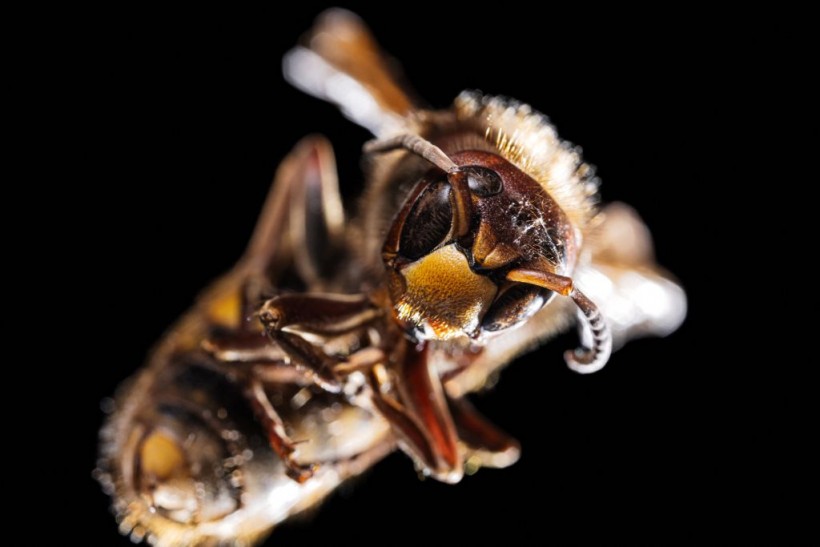The latest research discovered a new species of spotted parasitic wasp that can be found in Southern China's forest. Wasps are small in size reaching about 0.5 inches in length.
China has different species, including the panda, Siberian tiger, golden monkey and Yangtze river dolphin. Scientists have been on a quest to uncover new species, including parasitic wasps.
According to researchers, wasps are crucial to fight the emergence of invasive species and native pests. Unlike bees, wasps don't live in hives, and bite humans.
Being small, they are mostly recognizable by their wings flying over flowers and plants. In the garden and farms, parasitoid wasps can help. Gardeners can limit the use of insecticides that can kill beneficial wasps.
Rare Parasitic Creature With Teeth

A photo of wasp. Researchers discovered a rare spotted parasitic wasp that has noticeable teeth found in a forest in Southern China. The research findings were published in the European Journal of Taxonomy journal. The new species of spotted parasitic wasp is known as Serratichneumon maculatus. The new wasp has unique separated teeth and shorter wings. It is covered by a black body and colored patches with reddish-looking six legs and translucent yellow wings.
Researchers uncovered a new species of spotted parasitic wasps in a Guangzhou forest in China. With the use of nets, they caught an unfamiliar species of insects.
The research findings were published in the European Journal of Taxonomy. The new species of spotted parasitic wasp is known as Serratichneumon maculatus.
The parasitic wasp likely lived in a host animal a month larvae or butterfly.
When they uncovered the unfamiliar wasps, the researchers looked into records and specimen collections. They found that the Serratichneumon maculatus is unknown to them.
In addition, the new wasp has unique separated teeth and shorter wings. It is covered by a black body and colored patches with reddish-looking six legs and translucent yellow wings.
Recently, researchers also discovered a new large moth species that can likely thrive in colder temperatures in Europe. The Mirlatia arcuata moth is considered a surprise discovery for researchers.
The moth has colorful wings that look like butterflies. They also contribute to the pollination of plants and flowers. The research findings were published in the ZooKeys journal.
Also Read: Record-High Temperatures Threaten Monarch Butterflies Migration
Monarch Butterfly Migration Threats
In the previous report, researchers raised concerns about the impacts of rising temperatures on the migration of monarch butterflies. In Canada, the said butterflies hold cultural importance.
They can travel great distances and migrate to parts of Central Mexico and Canada. Their migration can range up to 2800 miles. Climate change has exacerbated the hotter temperatures and drought.
The scorching heat can threaten the milkweed habitat, which is important for the rare monarch butterflies. Wildfire outbreaks can also devastate the butterfly habitat.
The population of monarch butterflies has declined, especially in the Rocky Mountains by about 81%. Gardeners are encouraged to plant tropical milkweed that can attract and help the said butterfly species.
Related Article: New Large Moth Species Uncovered in Europe Living Likely in Colder Temperatures
For more similar stories, don't forget to follow Nature World News.
© 2024 NatureWorldNews.com All rights reserved. Do not reproduce without permission.

![Tsunami Hazard Zones: New US Map Shows Places at Risk of Flooding and Tsunamis Amid Rising Sea Levels [NOAA]](https://1471793142.rsc.cdn77.org/data/thumbs/full/70325/280/157/50/40/tsunami-hazard-zones-new-us-map-shows-places-at-risk-of-flooding-and-tsunamis-amid-rising-sea-levels-noaa.jpg)



